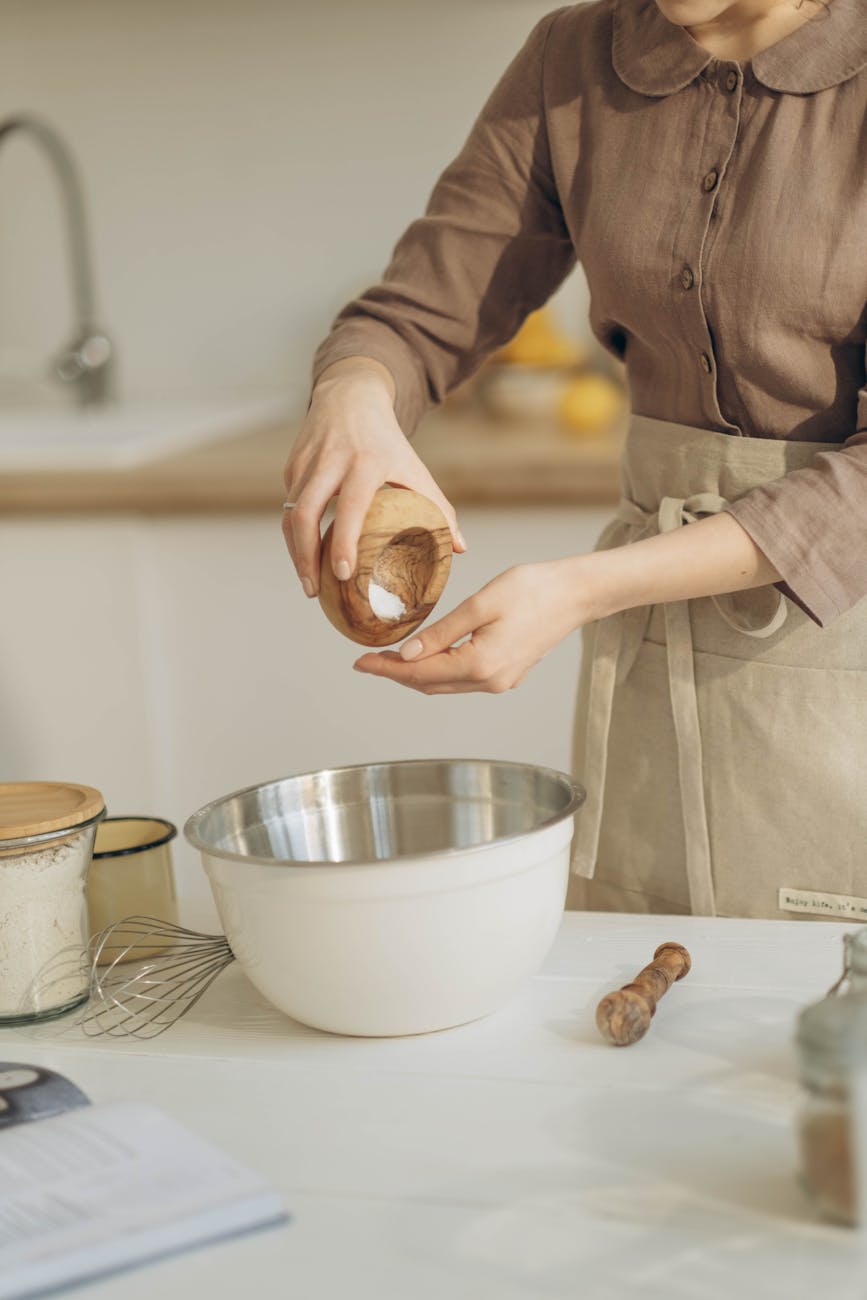Understanding Kitchen Measurements
In the realm of cooking, precision in measurements plays a fundamental role in the outcome of dishes. Whether following a recipe or experimenting with flavors, understanding common units of measurement and unique terms like ‘pinch’ and ‘dash’ is essential for achieving the desired culinary results.
Importance of Precision in Cooking
Precision in cooking measurements ensures consistency and accuracy in recipes. A slight variation in ingredients can significantly impact the taste, texture, and overall quality of a dish. By adhering to precise measurements, cooks can replicate flavors, guarantee better baking results, and fine-tune the balance of ingredients to suit individual preferences.
Common Units of Measurement in Cooking
Cooking utilizes various units of measurement to quantify ingredients accurately. From teaspoons and tablespoons to cups and ounces, each unit serves a specific purpose and aids in achieving the desired flavor profile and texture in a recipe. Understanding and mastering these measurements are crucial for successful culinary creations.
Overview of Pinch and Dash
In the world of cooking, terms like ‘pinch’ and ‘dash’ add a touch of creativity and flexibility to recipes. While they may not have precise numerical values, they convey relative amounts of ingredients that can enhance flavors or adjust seasoning to personal taste.
When a recipe calls for a pinch of salt or a dash of spice, it encourages cooks to engage their senses, experiment with flavors, and tailor dishes to their liking. Incorporating these informal measurements adds a personal touch to cooking and allows for creative expression in the kitchen.
Exploring the nuances of pinches, dashes, and other unique culinary measurements can elevate the cooking experience, inspiring creativity and a deeper appreciation for the art of cooking. By mastering the balance between precision and creative freedom, aspiring chefs and seasoned cooks alike can craft dishes that are both technically sound and bursting with flavor.
Pinch vs. Dash
In the realm of cooking measurements, the terms ‘pinch’ and ‘dash’ are often used informally to describe small, imprecise amounts of ingredients. Let’s explore the definitions and usage of these terms, and how they can be incorporated into your culinary endeavors.
Definition and Usage of Pinch
A pinch is a very small, indeterminate amount of an ingredient that can be held between your thumb and forefinger. It is typically used to add a hint of flavor or seasoning to a dish. While a pinch is not a precise measurement, it is a common culinary term that allows for a touch of creativity in your cooking.
When a recipe calls for a pinch of an ingredient, it’s essential to trust your intuition and adjust the amount based on your taste preferences. Experimenting with the intensity of flavors by adding a pinch of salt, sugar, or spices can elevate the taste of your dishes without overpowering them.
Definition and Usage of Dash
Similar to a pinch, a dash is also an informal measurement that signifies a small quantity of an ingredient. However, a dash is slightly larger than a pinch and is often described as a quick and gentle pour or shake of the ingredient. While a dash provides more substance than a pinch, it still falls within the realm of subjective measurements.
In recipes, a dash is commonly used to add a subtle but distinct flavor to a dish. Whether it’s a dash of vinegar for acidity, a dash of hot sauce for heat, or a dash of seasoning for depth, incorporating this imprecise measurement can enhance the overall taste profile of your culinary creations.
How to Incorporate Pinch and Dash Measurements in Cooking
When working with pinch and dash measurements in cooking, it’s important to approach them with a sense of experimentation and flexibility. Since these terms lack concrete numerical values, they offer room for improvisation and personalization in your dishes.
To best utilize pinch and dash measurements, start by adding a conservative amount of the ingredient and gradually adjust based on taste and aroma. Trust your senses and palate to guide you in achieving the desired balance of flavors in your cooking. Remember, the beauty of pinch and dash measurements lies in their ability to add a touch of spontaneity and artistry to your culinary creations.
As you become more comfortable with incorporating pinch and dash measurements into your cooking, you’ll develop a sense of intuition that allows you to enhance the taste and texture of your dishes with a simple flick of the wrist or a gentle sprinkle of seasoning. Embrace the freedom and creativity that pinch and dash measurements offer, and let your culinary instincts guide you to flavor-filled delight.





